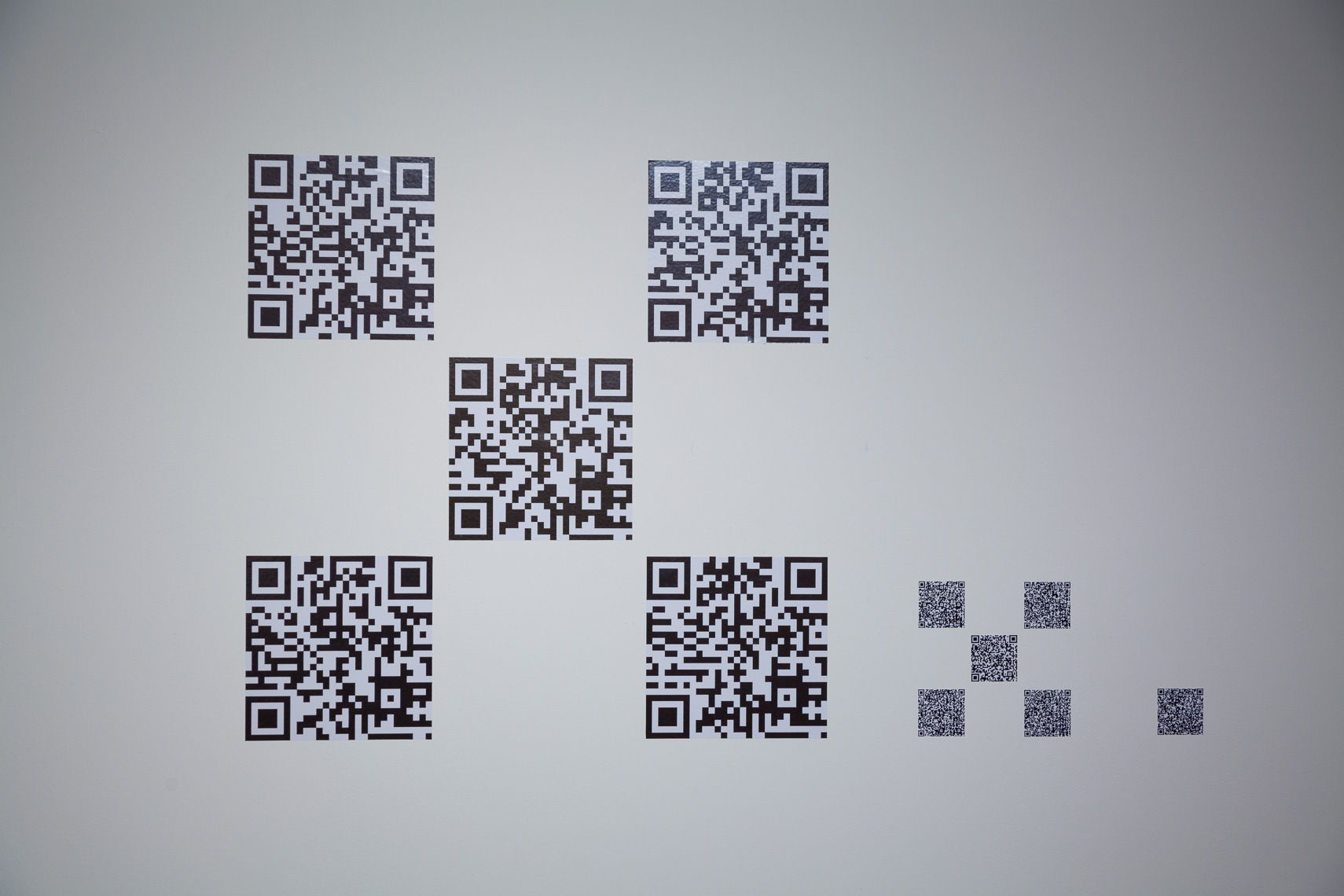

Barriers and facilitators of implementation included the need for resource supports, knowledge, skills, motivation as well as engagement with clinicians with research teams. The most reported implementation strategies included training, education, and collaborative initiatives. A paucity of reported information was identified related to implementation strategies, barriers and facilitators. The three most common suicide prevention intervention categories identified were post-discharge follow-up ( n = 27), screening and/or assessment ( n = 22), and safety planning ( n = 20). These ICTs were commonly used as indicated strategies ( n = 49) targeting patients who were actively presenting with suicide risk. The majority of ICTs were computerized interventions and/or applications ( n = 55). This review included a total of 75 citations, describing 70 studies and 66 ICT-based interventions for suicide prevention implemented in clinical settings.

We used the Preferred Reporting Items for Systematic Reviews and Meta-Analyses Extension for Scoping Reviews (PRISMA-ScR) checklist to prepare this full report.

Additionally, these ICTs must be implemented in clinical settings, such as emergency department and in-patient units. To be included in this review, studies must include ICT-based interventions for any spectrum of suicide-related thoughts and behaviours including non-suicidal self-injury. We also supplemented our search with Google searches and hand-searching reference lists of relevant reviews. A search strategy was applied to the following six databases between August 17–20, 2021: MEDLINE, Embase, CINAHL, PsycINFO, Web of Science, and Library, Information Science and Technology Abstracts. We conducted this review following the Joanna Briggs Institute methodology for scoping reviews. In response, this scoping review aimed to systematically explore the breadth of evidence on ICT-based interventions for suicide prevention implemented in clinical settings and then to identify and characterize implementation barriers and facilitators, as well as evaluation outcomes, and measures. However, not much is known about which of these ICTs are implemented in clinical settings and their implementation characteristics. A large number of information and communication technology (ICT) based interventions exist for suicide prevention.


 0 kommentar(er)
0 kommentar(er)
